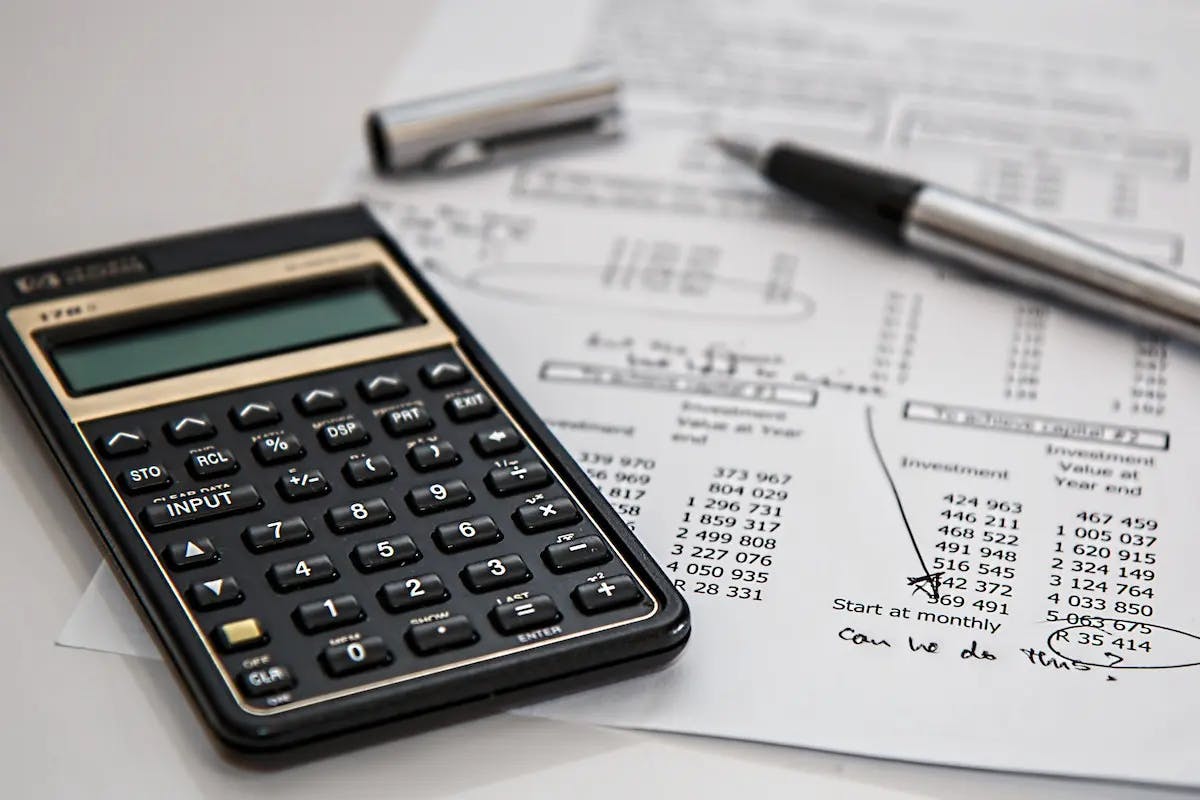How to Manage Accounts Receivable as a Small Business in Canada?
By Arthur Dubois | Published on 23 Aug 2023

All businesses will have some form of accounts receivable to manage. However, small businesses need to pay extra close attention to accounts receivable as they affect the timing of cash flow and can quickly turn into a bad debt expense.
Overview of accounts receivable
Accounts receivable (AR) is a current asset account that small business owners will find on the left-hand side of their company’s balance sheet underneath ”cash”. AR is what a business can expect to receive for products or services they have already provided to a client. Accounts receivables deemed unlikely to collect are moved to the income statement as a bad debt expense.
Why should small businesses care about their accounts receivables
Small business owners understand the importance of staying on top of their accounts receivables as they can’t pay their employees and bills with their accounts receivable.
Accounts receivable is a loan to your customer
Surpirse! You are providing customers with credit each time you agree to provide services or products before being paid. This can put a severe damper on investing with a small budget, such as purchasing equipment.
However, prominent and established businesses can require payment upfront or insist a deposit before giving services or products.
Consumers are more willing to do this with larger companies as there is less risk. However, consumers are cautious and less likely to pay in advance or make a deposit. Given this reality, small businesses must proactively manage their accounts receivable.
Calculating the cost of accounts receivables
The cost of keeping an accounts receivable balance on a balance sheet isn’t easy for small business owners to see or calculate.
For example, on average, a small contracting business had $5,000 as accounts receivable each month for the last 12 months. This $5,000 could have been used to pay down their business’s debts.
However, suppose the company has one business credit card and two lines of credit, with a weighted average interest cost of 12%. In that case, the cost to the small business of providing its consumers with credit through accounts receivables costs $600 per year in interest expenses.
Small business owners need to understand the direct cost and opportunity cost of maintaining an accounts receivable balance through business debt.
What if the same small business owner delayed acquiring a vital tool for 12 months as they didn’t have the cash on hand or room on their business credit cards or lines of credit due to their accounts receivable balance?
If the tool costs $5,000 and would provide yearly savings in labour costs of $1,000 each month, the opportunity cost for the small business owner is 20% ($1,000/$5,000).
Adding the direct cost of maintaining an accounts receivable balance on a credit of 12%, plus the opportunity cost of 20%, the cost to maintain an average of $5,000 in accounts receivable costs the small business owner 32%.
Managing accounts receivable best practices
With the high cost of keeping an accounts receivable balance, it is clear small businesses need to manage their accounts receivables in ways that encourage timely payment from their customers. Below are a few important ways small businesses can effectively manage their accounts receivables.
Contracts and effective communication
Small business owners should use contracts when they provide services or products to their customers.
A contract doesn’t need to be complicated. It can simply set out the scope of the services or products offered and the expectations for the seller and buyer. The contract sets clear terms of the dollar value and when payment will be made.
Contracts: invoices due on delivery
Traditionally, it was common for small business owners to provide a written invoice to their customers and offer payment terms of up to 30 days to pay, with a small discount if they paid within 10 days of the invoice date.
With the advent of electronic invoices and payment methods, businesses have been moving to the payment due on receipt of the invoice. If the small business owner wants customers to pay the invoice on receipt, which is recommended, they need to make this clear in the contract.
The contract would note that after the small business has provided what was agreed in the contract, they will issue an invoice to the customer that is due on delivery.
Contracts: ongoing communication and follow-up
Throughout the duration of the contract, the small business owner can continue to note the expectation of payment upon receipt of the invoice in a casual manner.
For example, this could simply be saying to the customer they only have a few things remaining to provide and they will send an invoice that can be paid immediately using a debit card, credit card, or e-transfer.
In situations where the customer has not paid the invoice due on receipt, continual follow-up is necessary to ensure timely payment. It’s common for customers, whether businesses or individuals, to put off payment to preserve their own cash balance.
Small business owners can’t afford to be anyone’s lender and must follow up with debtors daily until they receive payment.
Make it easy for customers to pay
Most customers want to pay their outstanding bills, and it’s important for small business owners to make it easy for them to pay.
Payments online: use payment process platforms
There are many online payment platforms a small business can use, like Paypal or Stripe. These platforms allow for quick payment using debit cards, credit cards, and bank accounts, and they can be set up to remind customers of outstanding invoices.
Payments made easy: automated invoices and payments
Small business owners can use Customer Relationship Management (CRM) software to automate issuing invoices to their customers. This automation is useful if customers are on a monthly subscription or the monthly payment is a consistent amount. Small business owners can also add automated payments through credit cards to this process or set up monthly direct deposits.
Payments: Be flexible when it matters
Small business owners may have customers who prefer to pay using more traditional methods like cash or writing cheques. While these payment methods are not as common as they have traditionally been, small business owners who allow these payment methods can build rapport with these customers.
It is up to the small business to determine if it makes sense to offer these payment methods, given their experience and customer relationships.
What to do with non-payments
In a perfect world, small businesses would receive all the accounts receivables they record on their books. However, when it is apparent the customer is going to either pay late or not pay, small businesses can escalate the tools they can use to collect their overdue accounts receivables.
The first step for late payments is to speak directly to the debtor and have them commit to when they will pay the debt. If the debtor says they can’t pay for an extended period such as a month or missed two agreed deadlines to settle the debt, the small business owner can move to the second step.
The second step is to send a demand letter to have the debtor pay immediately and note the consequences of non-payment, such as an agreed penalty for late payment in the contract, the potential for a lien, or a civil suit.
The last step in collecting outstanding accounts receivable from a customer is to take the noted consequential actions noted in the demand letter, such as placing a lien or filing a civil claim with the court.
FAQs About Accounts Receivable in Canada
Accounts receivables are generated when a business provides customers products or services and the customer did not pay when the products or services were delivered. As the small business owner needs to credit a revenue account when the revenue was earned, they need to debit accounts receivable, which is a current asset. When the customer provides payment, the small business owner will debit cash and credit accounts receivable.
Are accounts receivable an asset?
Yes, accounts receivable is a current asset and is shown on the left-hand side of the small business’s balance sheet.
Accounts receivable will stay on the small business’s balance sheet until payment is received. If it becomes clear there is little likelihood of collecting a portion of the accounts receivable, the portion will be moved to the income statement as a bad debt expense.
To calculate accounts receivable turnover, first determine the average accounts receivable balance. Take the accounts receivable balance at the beginning of the year, add the accounts receivable balance at the end of the year, and divide by 2. The second step is taking the total credit sales for the period and dividing it by the average accounts receivable balance. The higher accounts receivable turnover ratio shows how effectively a business collects on its accounts receivable.
Yes, accounts receivable are considered permanent accounts on the balance sheet. Permanent accounts are not closed out at the end of the accounting period, and the balance continues into the next accounting period.
